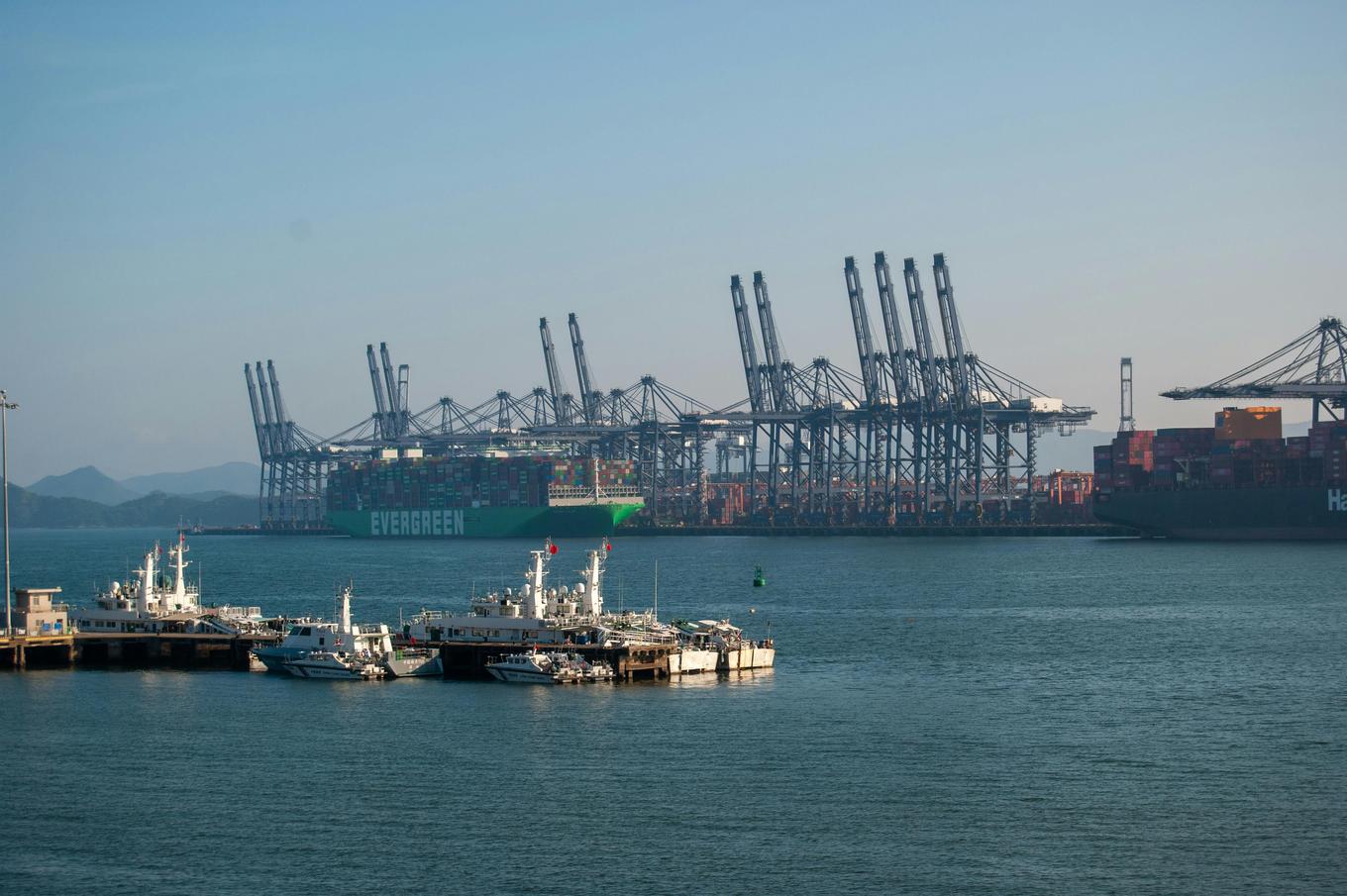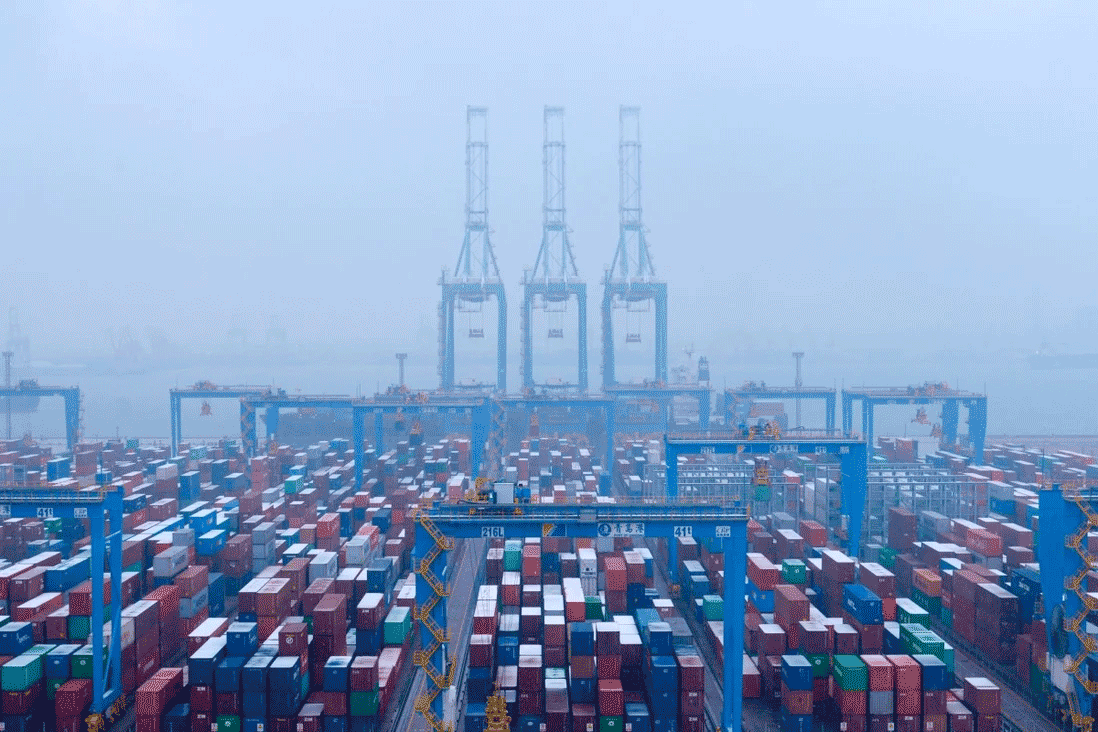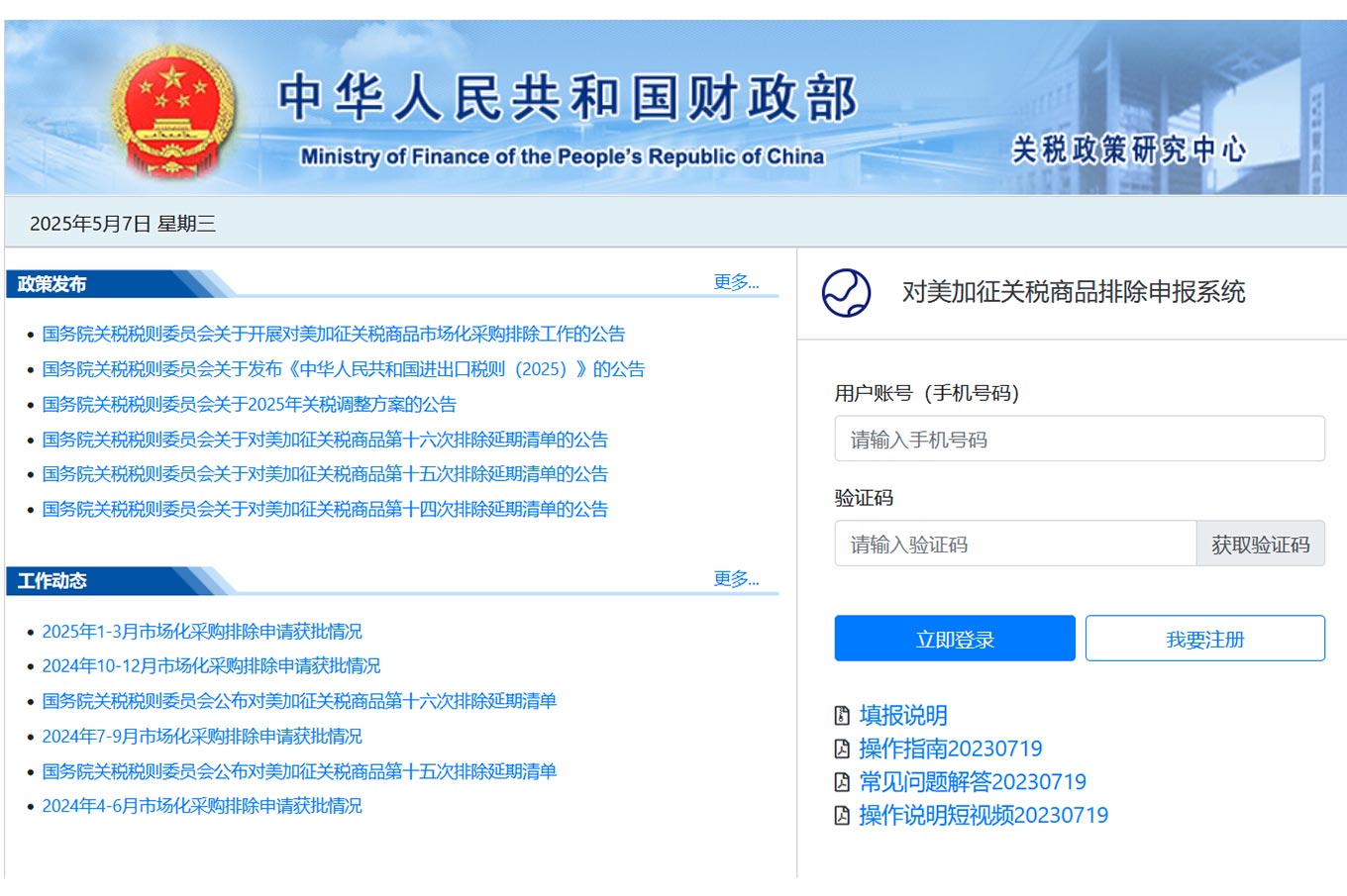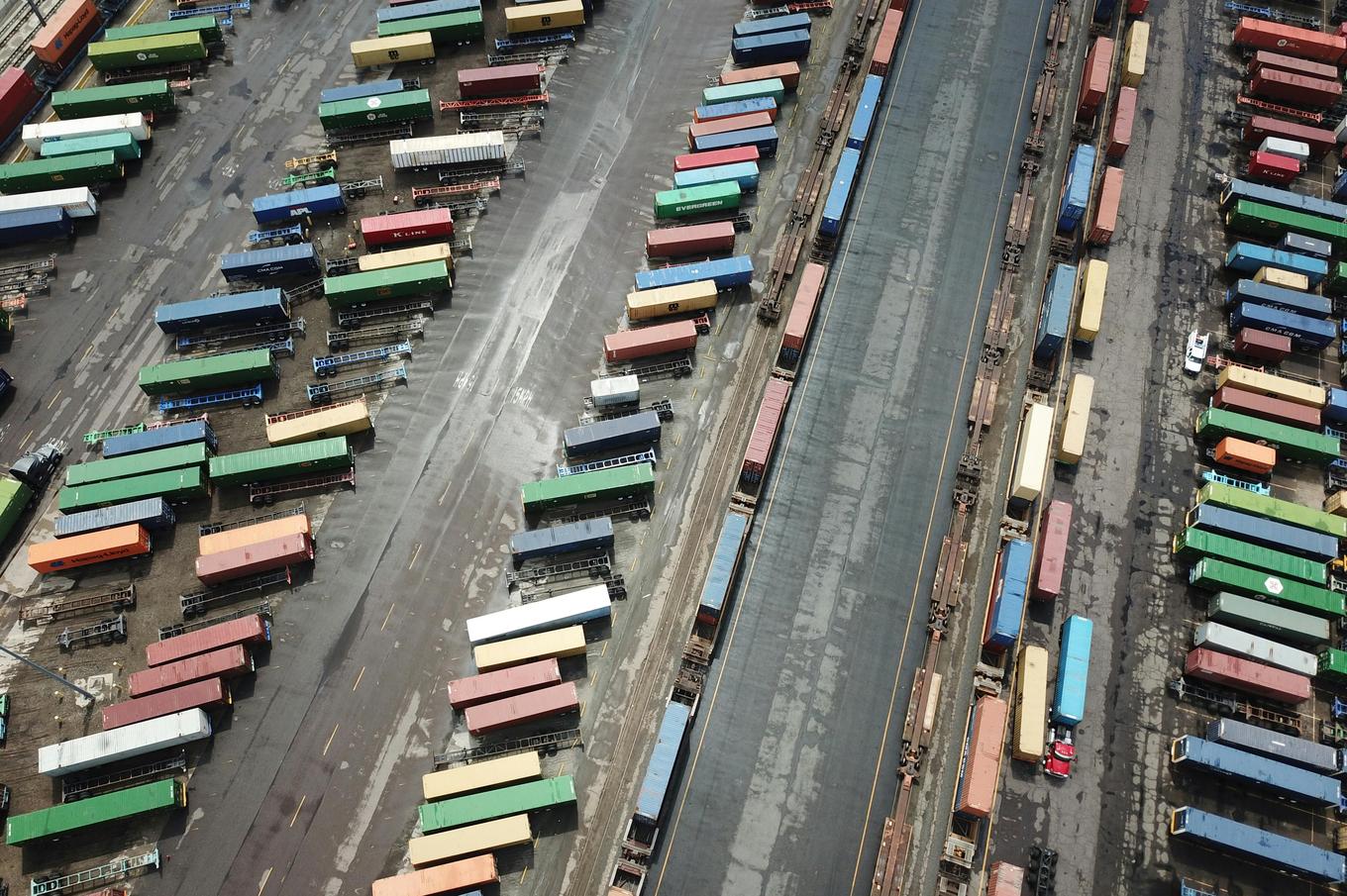- Shanghai Zhongshen International Trade Co., Ltd. - Two decades of trade agency expertise.
- Service Hotline: 139 1787 2118
The United States, as one of the largest economies in the world, has consistently maintained a high demand for rare metals. Platinum, a precious element often referred to as a "noble metal," plays a crucial role in modern industries due to its unique physical and chemical properties. Particularly in the automotive industry, platinum serves as the core material for manufacturing catalytic converters, helping to reduce exhaust emissions and meet increasingly stringent environmental standards. Additionally, in the electronics sector, platinum is widely used in the production of high-tech products such as hard disk drives and thermocouples, driving a continuous surge in demand. As the world's largest automotive market and consumer of electronic products, the U.S. demand for platinum is self-evident. Recently, the U.S. has seen a significant increase in platinum imports, with Russia notably rising to become the second-largest exporter of platinum to the U.S. in April this year. This shift has not only drawn widespread market attention but also reflects profound adjustments in global supply chains and international trade dynamics.

In April 2025, U.S. platinum import data revealed remarkable trends. Despite the White House imposing tariffs as high as 50% on imported steel and aluminum on June 4, signaling a further tightening of its international trade policies, this did not dampen America's enthusiasm for procuring rare earth and other critical materials. Instead, it showed a month-on-month growth trend, with platinum being particularly prominent. According to the latest statistics, U.S. platinum imports from South Africa decreased by approximately 25% in April, while imports from Germany also dropped by 20%. Meanwhile, platinum exports from the Russian Federation bucked the trend and rose, allowing Russia to surpass Germany and become the second-largest platinum supplier to the U.S. The data shows that South Africa remains the top source of U.S. platinum imports, with exports totaling $270.8 million in April, despite a decline in volume. Russia followed closely with exports worth $115.6 million, a 25% year-on-year increase. Germany ranked third, with exports amounting to only $66.4 million, a relatively smaller scale. As fellow BRICS members, Russia and South Africa's shifting positions reflect, to some extent, a restructuring of the global platinum supply chain.
The tightening of trade policies by the U.S. government has added more layers of interpretation to this phenomenon. While the imposition of high tariffs on steel and aluminum aims to protect domestic industries, critical materials like platinum have not faced similar restrictions. This suggests that the U.S. economy's reliance on these rare metals runs far deeper than what policy adjustments can influence. Meanwhile, the growth in Russia's platinum exports may be closely tied to geopolitical and economic factors. As one of the world's leading platinum producers, Russia has been continuously optimizing its export structure in recent years. The surge in exports to the U.S. not only meets the demand of the American market but also injects new vitality into its own economy.
In terms of market trends, the volatility in platinum prices further highlights the current tightness in supply and demand. Data from May 2025 shows that platinum prices surged by 9.2%, second only to cocoa's 11% increase and far exceeding other raw materials. During the same period, coal prices rose by 8.2%, orange juice prices increased by 7.9%, and brass prices climbed by 5.2%. In contrast, coffee bean prices experienced significant declines, with Robusta and Arabica coffee beans dropping by 13.2% and 11%, respectively. The rapid rise in platinum prices stems partly from increased demand in major economies like the U.S. and partly from instability in global supply chains. Against the backdrop of global economic recovery, the resurgence in industrial production has further driven up demand for platinum, while supply adjustments in major producing countries have exacerbated market fluctuations.
The increase in platinum imports by the United States, particularly the growth in imports from Russia, has had multifaceted impacts on the global economy. Firstly, this trend has alleviated domestic platinum supply pressures in the U.S., ensuring stable production in key industries such as automotive and electronics. Secondly, Russia, as an exporter, has gained significant economic benefits, further consolidating its position in the global platinum market. However, this shift has also raised some concerns. Analysts point out that the U.S. reliance on Russian platinum could become a potential risk in future geopolitical maneuvering, especially amid the complex and volatile U.S.-Russia relations, where supply chain security may face challenges. Additionally, while South Africa's status as a traditional major supplier remains unshaken, the decline in its export volumes could exert economic pressure, particularly in the face of intensifying global market competition.
Related Recommendations
? 2025. All Rights Reserved. Shanghai ICP No. 2023007705-2  PSB Record: Shanghai No.31011502009912
PSB Record: Shanghai No.31011502009912










